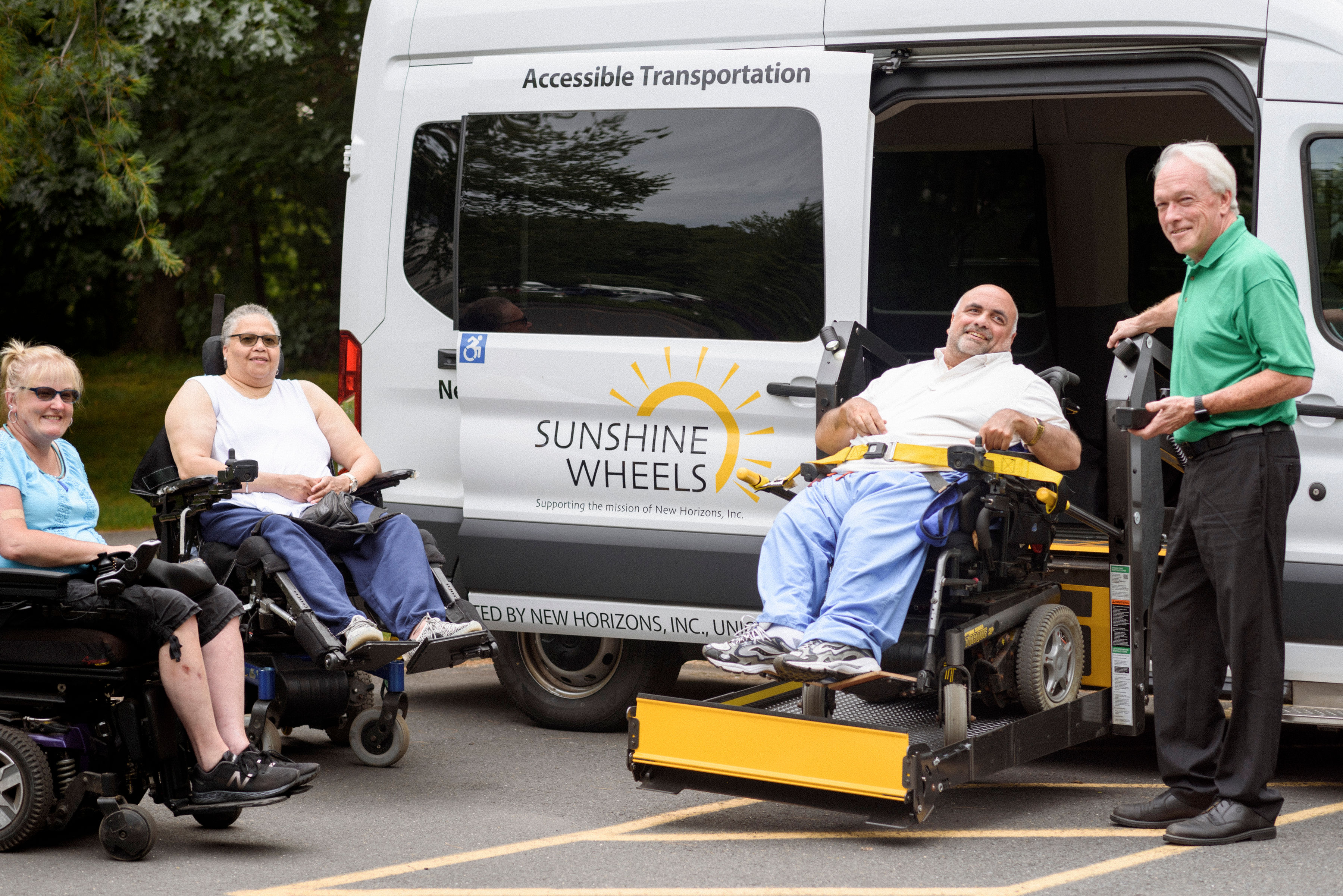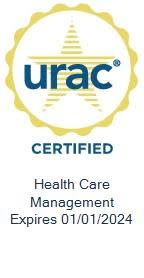Forbes Technology Council: How To Maximize NEMT’s Potential To Address Social Determinants Of Health
April 13, 2022
Forbes Tech Council: How To Maximize Non-Emergency Medical Transportation’s Potential To Address Social Determinants Of Health
The genes you’re born with and the lifestyle choices you make combine to influence your health destiny, but scientists now say that the social and economic conditions in your environment profoundly influence disease risk and longevity, too. These factors, known as social determinants of health (SDOH), include quality of housing, crime and unemployment rates, exposure to pollution, racism and discrimination, availability of healthy food and, critically, access to healthcare.
People who live in low-income communities experience poorer health than others due to SDOH, which some studies suggest play a role in up to 80% of health outcomes. About 1 in 5 Americans are covered by Medicaid, a federal program that’s administered by states that provides health insurance for people with low income. (Overall, nearly 1 in 3 Americans are covered by Medicaid or Medicare, which is federal health insurance for people 65 and older or who have certain disabilities.) Medicaid is positioned to address SDOH and improve the well-being of people in vulnerable communities, particularly by increasing access to healthcare. And the first step toward that goal is improving transportation — making sure patients get from their homes to healthcare appointments with doctors, nurse practitioners and other clinicians.
That’s a bigger problem than you may realize: Research shows that about 3.6 million American adults miss or delay healthcare appointments each year simply because they didn’t have a ride or couldn’t take public transit. And that’s where non-emergency medical transportation (NEMT) can play a critical role in addressing health disparities brought on by SDOH.
You may not be familiar with NEMT, but for many people, it’s a lifeline to the healthcare system, ensuring that patients who can’t drive or use public transportation receive critical medical care and life-saving therapies. NEMT is a covered benefit for Medicaid and (in some cases) Medicare Advantage members who require transportation for non-emergency care, such as scheduled office visits, dialysis treatments or recovery programs.
The Centers for Disease Control and Prevention (CDC) has labeled access to transportation one of the top five SDOH, but there are many other ways that NEMT could be expanded to play a broader role in improving the health of people in underserved communities through value-added beneficiary services, both medical and nonmedical.
Some possibilities are obvious and already being implemented, such as expanding coverage of NEMT to include other essential healthcare trips like visiting a pharmacy to pick up medications or attending a wellness program at a hospital or community center. NEMT could also play a role in curbing a nagging problem in U.S. healthcare — the high rate of readmission following discharge from hospitals. Hospital discharge planners could partner with NEMT logistics companies to ensure that patients have rides to all necessary follow-up appointments in the 30 days following discharge, potentially keeping them healthier and reducing readmission rates.
Another possibility is to reverse-engineer the NEMT concept and use drivers to bring healthcare to patients in their homes. That’s where many remained during the Covid-19 pandemic, as legions of patients received care through telemedicine, with routine appointments conducted over video conferencing or simply by phone instead of in-person. Many patients have resumed seeing their doctors face-to-face in office visits, but studies suggest that some others appreciate the convenience of telemedicine, so it’s likely here to stay in some capacity.
Yet patients who prefer their living rooms to exam rooms still need to have vital signs such as blood pressure and pulse monitored. Medicine and medical supplies must be delivered. Those who can’t make it to diagnostic labs may require blood draws. Kidney patients may be better off receiving dialysis at home than in a clinic. These represent just a handful of ways that NEMT could bring medical treatment to patients and work in support of virtual healthcare.
Moreover, NEMT could play a part in helping people cope with challenging environments that can compromise good health. For instance, people who live in low-income neighborhoods often find themselves in so-called food deserts, meaning they lack access to grocery stores that sell fresh, nutritious foods. NEMT services might provide transportation to grocers with healthy foods or deliver nutritious meals to people unable to leave their homes.
What’s more, this NCBI article notes that, “According to the United States Department of Health and Human Services, there is a strong relationship between family income and physical activity with low-income families being the most sedentary.”
Reasons for this could be because taking a long walk or jog around the neighborhood may not be safe, the nearest fitness center may be miles away, or they may not have the funds to pay for access to a fitness center. NEMT has the potential to shrink the exercise gap by providing transportation to a gym (especially if paired with a paid membership) for regular workouts.
Research also persuasively links loneliness and social isolation to poor health. People who spend little or no time with friends and family increase their risk for many serious conditions, including heart disease, stroke, dementia and depression. But loneliness could be eased by getting a lift across town to attend a family gathering, take part in a social event or simply spend time with a dear friend now and then.
Understanding that these and other SDOH can dramatically affect quality of life, well-being and longevity is just the start. With NEMT logistics increasingly driven by artificial intelligence, machine learning and other emerging technologies, it’s poised to offer the flexibility and scalability to deliver a broad array of healthcare solutions in communities struggling due to SDOH.
The original article can be found here.



